The Complete Guide to Reverse ETL
Astera
JANUARY 25, 2024
Reverse ETL, used with other data integration tools , like MDM (Master Data Management) and CDC (Change Data Capture), empowers employees to access data easily and fosters the development of data literacy skills, which enhances a data-driven culture.



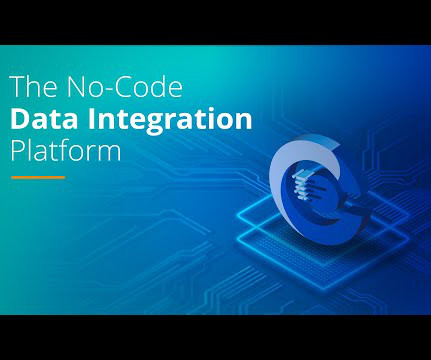
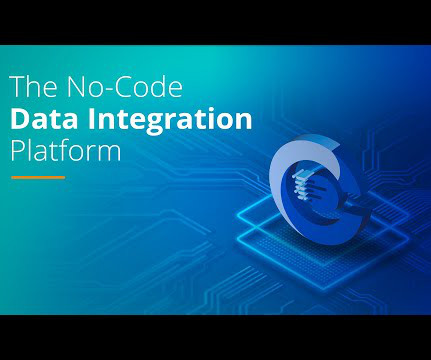

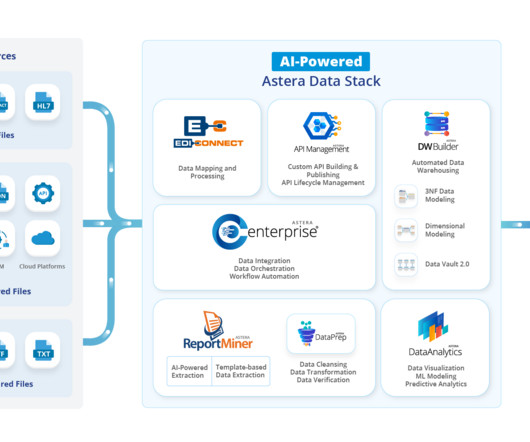
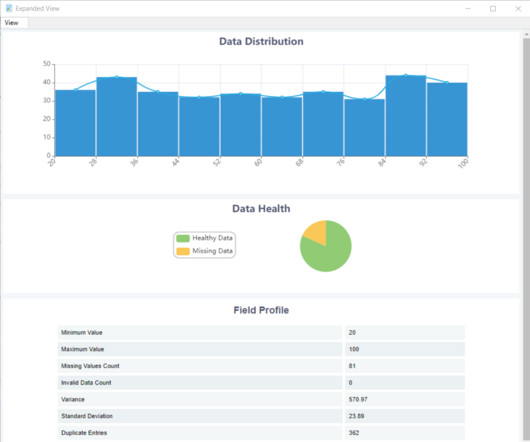
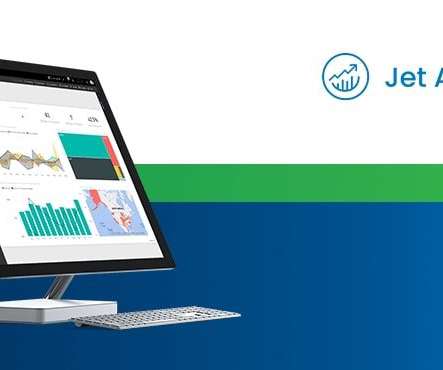






Let's personalize your content